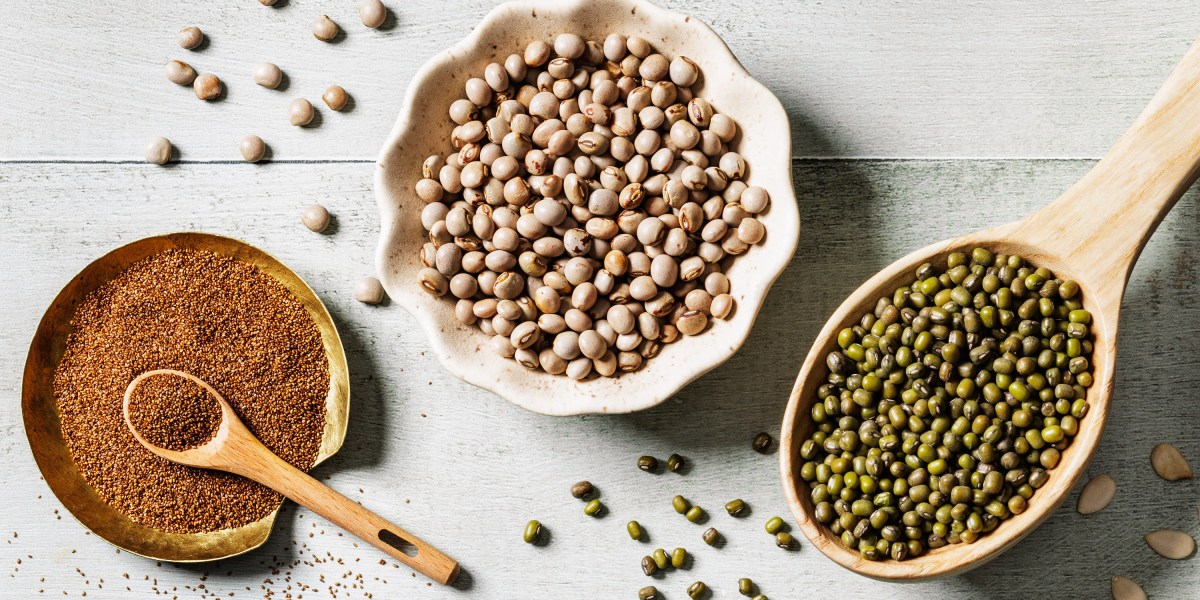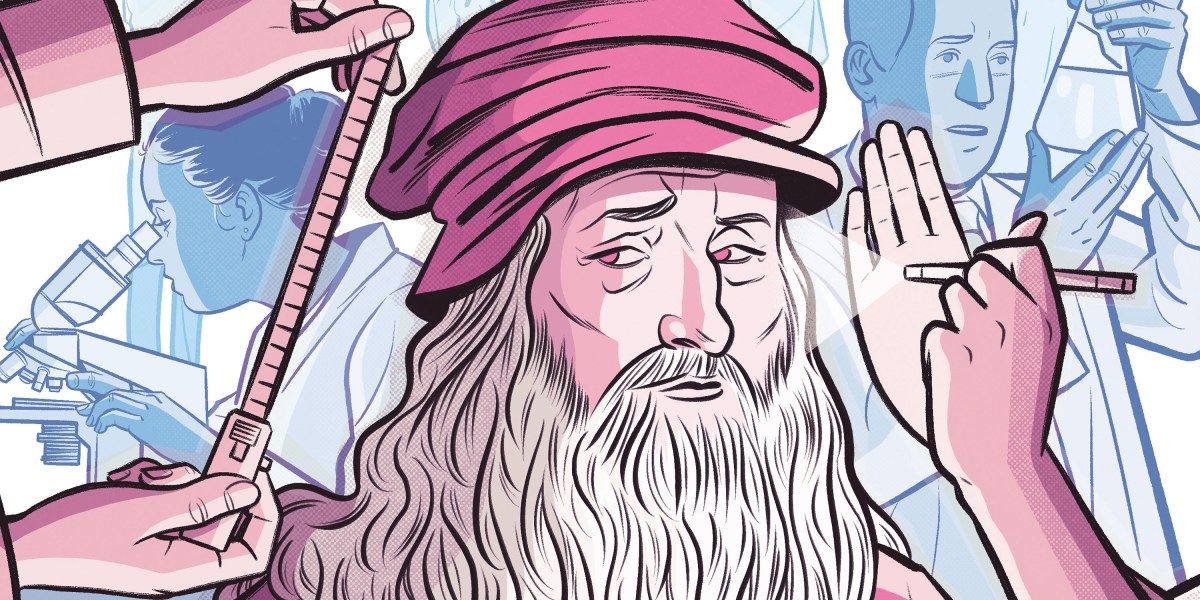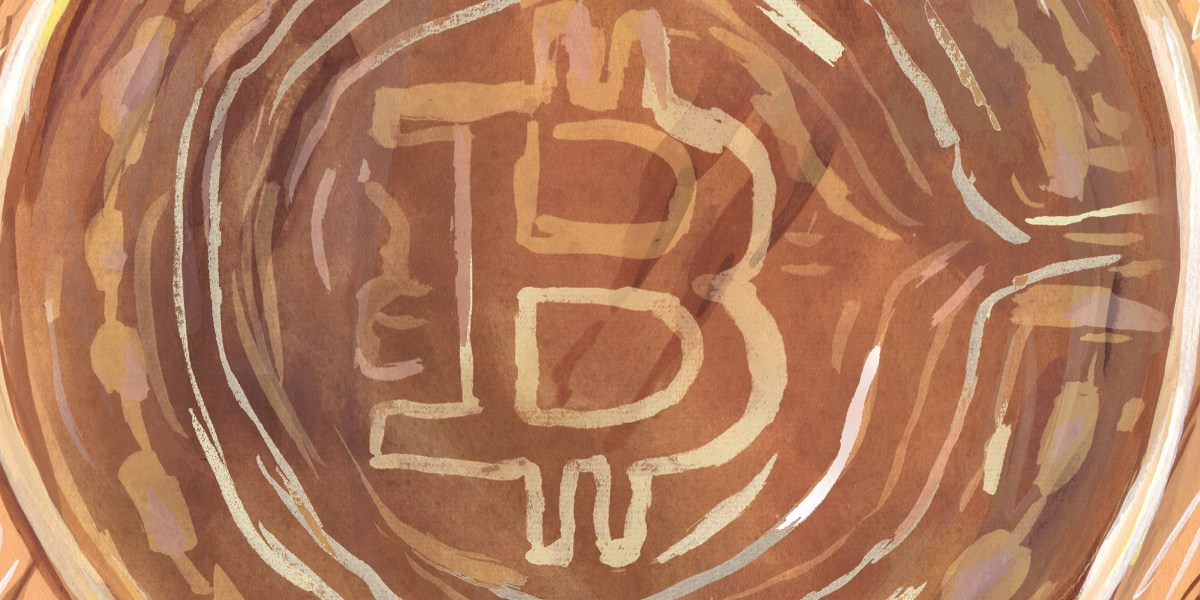Change, though, was afoot: In 2021, with hunger on the rise, the African Union explicitly called for “intentional investments towards increased productivity and production in traditional and indigenous crops.” It found a sympathetic ear in Cary Fowler, a longtime biodiversity advocate who was appointed US special envoy for global food security by President Joe Biden in 2022. The 74-year-old Tennessean was a co-recipient of this year’s World Food Prize, agriculture’s equivalent of the Nobel, for his role in establishing the Svalbard Global Seed Vault, a facility in the Norwegian Arctic that holds copies of more than 1.3 million seed samples from around the world. Fowler has argued for decades that the loss of crop diversity wrought by the global expansion of large-scale farming risks fueling future hunger crises.
VACS, which complements the United States’ existing food security initiative, Feed the Future, began by working with the AOCC and other experts to develop an initial list of underutilized crops that were climate resilient and had the greatest potential to boost nutrition in Africa. It pared that list down to a group of 20 “opportunity crops” and commissioned models that assessed their future productivity under different climate-change scenarios. The models predicted net yield gains for many: Carbon dioxide, including that released by burning fossil fuels, is the key input in plant photosynthesis, and in some cases the “fertilization effect” of higher atmospheric CO2 can more than nullify the harmful impact of hotter temperatures.
According to Fowler’s deputy, Anna Nelson, VACS will now operate as a “broad coalition,” with funds channeled through four core implementing partners. One of them, CGIAR, is spearheading R&D on an initial seven of those 20 crops—pigeon peas, Bambara groundnuts, taro, sesame, finger millet, okra, and amaranth—through partnerships with a range of research institutions and scientists. (Mabhaudhi, Achigan-Dako, and Tripathi are all involved in some capacity.) The FAO is leading an initiative that seeks to drive improvements in soil fertility, in part through tools that help farmers decide where and what to plant on the basis of soil characteristics. While Africa remains VACS’s central focus, activities have also launched or are being planned in Guatemala, Honduras, and the Pacific Community, a bloc of 22 Pacific island states and territories. The idea, Nelson tells me, is that VACS will continue to evolve as a “movement” that isn’t necessarily tied to US funding—or to the priorities of the next occupant of the White House. “The US is playing a convening and accelerating role,” she says. But the movement, she adds, is “globally owned.”
Making farm-to-table work
In some ways, the VACS concept is a unifying one. There’s long been a big and often rancorous divide between those who believe Africa needs more innovation-driven Green Revolution–style agriculture and those promoting ecological approaches, who insist that chemically intensive commercial crops aren’t fit for smallholders. In its focus on seed science as well as crop diversity and soil, VACS has something to offer both. Still, the degree to which the movement can change the direction of Africa’s food production remains an open question. VACS’s initial funding—roughly $150 million pledged by the US and $50 million pledged by other governments as of August—is more than has ever been earmarked for traditional crops and soils at a single moment. The AOCC, by comparison, spent $6.5 million on its plant breeding academy over a decade; as of 2023, its alumni had received a total of $175 million, largely from external grants, to finance crop improvement. Yet enabling orphan crops to reach their full potential, says Allen Van Deynze, the AOCC’s scientific director, who also heads the Seed Biotechnology Center at the University of California, Davis, would require an even bigger scale-up: $1 million per year, ideally, for every type of crop being prioritized in every country, or between $500 million and $1 billion per year across the continent.
“If there are shortages of maize, there will be demonstrations. But nobody’s going to demonstrate if there’s not enough millet, sorghum, or sweet potato.”
Florence Wambugu, CEO, Africa Harvest
Despite the African Union’s support, it remains to be seen if VACS will galvanize African governments to chip in more for crop development themselves. In Kenya, the state-run Agricultural & Livestock Research Organization, or KALRO, has R&D programs for crops such as pigeon peas, green gram, sorghum, and teff. Nonetheless, Wambugu and others say the overall government commitment to traditional crops is tepid—in part because they don’t have a big impact on politics. “If there are shortages of maize, there will be demonstrations,” she says. “But nobody’s going to demonstrate if there’s not enough millet, sorghum, or sweet potato.”




